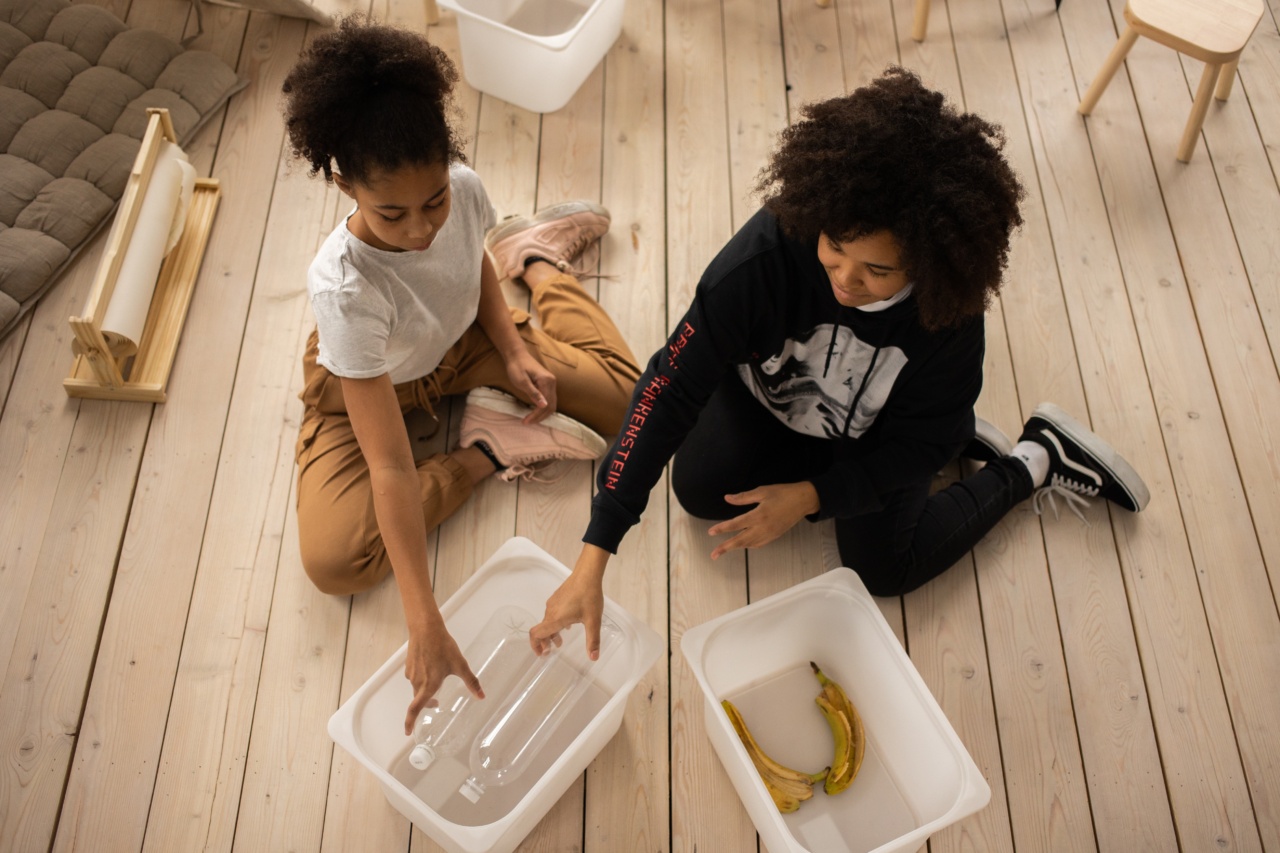As a parent, ensuring the safety and well-being of your children is of utmost importance. During the night, when kids are fast asleep, it’s easy to assume they are out of harm’s way.
However, there may be hidden organic dangers lurking that could potentially impact their health and safety. In this article, we will explore various measures you can take to protect your children from these hidden organic dangers and create a safe environment for them to rest peacefully at night.
Childproofing the Bedroom
Childproofing your child’s bedroom is an essential step in safeguarding them from potential hazards. Begin by assessing the room for any small objects, such as toys or decorations, that can be choking hazards.
Ensure that all cords from blinds or curtains are tied up, out of reach from curious hands. Secure heavy furniture like dressers or bookshelves to the wall to prevent tipping accidents. Additionally, cover electrical outlets with safety caps and install safety gates if necessary.
Preventing Accidents
Accidents can happen anywhere and at any time, but taking preventative measures can greatly reduce the risk. When it comes to bedtime, make sure your child’s sleep environment is safe.
Use fitted sheets on their mattress to prevent entanglement, and avoid placing any extra pillows or blankets in the crib if they are still an infant. For older children, have nightlights strategically placed throughout the room to prevent trips and falls when they need to use the bathroom or navigate in the dark.
Safe Sleep Practices
Establishing safe sleep practices is crucial for your child’s well-being. For infants, always place them on their backs to sleep, as this reduces the risk of sudden infant death syndrome (SIDS).
Keep the crib free of any loose bedding, pillows, or stuffed animals that can pose suffocation hazards. As your child grows, transition to a toddler bed or appropriate sleeping arrangement, ensuring the bed is sturdy and has guardrails to prevent falls during the night.
Child Safety Measures
In addition to childproofing their bedroom, implementing overall child safety measures can help protect your little ones from hidden organic dangers at night. Install smoke detectors near sleeping areas and regularly check their functionality.
Create a fire escape plan and practice it with your children, teaching them how to safely exit the house in case of an emergency. Consider installing a carbon monoxide detector, especially if you have gas appliances in your home.
Monitoring Indoor Air Quality
Indoor air quality plays a significant role in your child’s health and well-being. Being aware of potential organic dangers in the air can help you take steps to minimize exposure.
Regularly clean and vacuum your child’s bedroom to reduce dust and allergens. Avoid using strong chemical-based cleaning products and opt for natural alternatives. Keep the room well-ventilated to reduce the build-up of harmful pollutants. Consider investing in an air purifier to filter out any potential toxins or allergens.
Addressing Allergies and Asthma
Allergies and asthma are common concerns for many children, and they can be triggered or worsened at night. Take appropriate measures to address these conditions and create a healthier sleep environment.
Use hypoallergenic bedding materials and pillowcases to minimize exposure to allergens. Regularly wash bedding in hot water to remove dust mites. Keep pets out of the bedroom as pet dander can be a major allergen. Discuss your child’s symptoms with their pediatrician and follow their recommended treatment plan.
Eliminating Pests and Pesticides
Pests and pesticides can introduce hidden organic dangers into your child’s nighttime environment. Take steps to prevent infestations by sealing any cracks or openings that may serve as entry points.
Keep food stored in airtight containers to minimize the risk of attracting pests. When addressing pest problems, opt for natural pest control methods rather than using harmful pesticides. In situations where pesticides are necessary, follow instructions carefully, and keep your child out of the treated area until it is safe.
Creating a Soothing Sleep Environment
Creating a soothing sleep environment can not only help your child relax and sleep better but also contribute to their overall safety. Implement a bedtime routine that helps them wind down, such as reading a book or listening to calming music.
Keep the bedroom at a comfortable temperature and ensure proper ventilation. Use blackout curtains or blinds to block out external light sources that could disrupt their sleep. Consider using a white noise machine to drown out any noises that might startle them during the night.
Encouraging Good Sleep Habits
Lastly, encouraging good sleep habits is essential for the well-being of your children. Establish a consistent sleep schedule, ensuring they get the recommended amount of sleep for their age group.
Limit screen time before bed, as the blue light emitted by electronic devices can interfere with sleep. Instead, encourage quiet activities or bedtime stories. Avoid giving your child caffeine or sugary snacks close to bedtime, as these can disrupt their sleep patterns.
By implementing these measures, you can safeguard your children from hidden organic dangers at night and provide them with a safe and peaceful sleep environment.
Regularly assess their surroundings and make necessary adjustments to ensure ongoing safety. Prioritize their health and well-being, knowing that a good night’s sleep is crucial for their growth, development, and overall happiness.



























